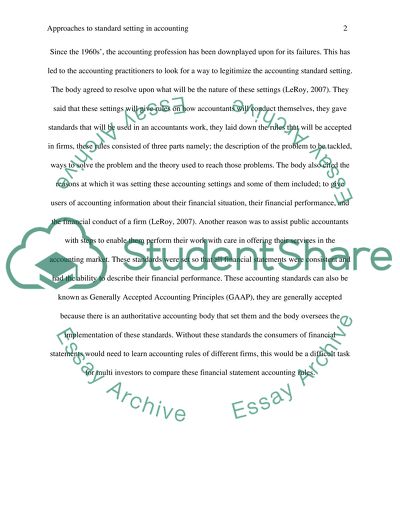Cite this document
(“Approaches to Standard Setting in Accounting Essay”, n.d.)
Retrieved from https://studentshare.org/finance-accounting/1444461-critically-examine-and-discuss-the-approaches-to
Retrieved from https://studentshare.org/finance-accounting/1444461-critically-examine-and-discuss-the-approaches-to
(Approaches to Standard Setting in Accounting Essay)
https://studentshare.org/finance-accounting/1444461-critically-examine-and-discuss-the-approaches-to.
https://studentshare.org/finance-accounting/1444461-critically-examine-and-discuss-the-approaches-to.
“Approaches to Standard Setting in Accounting Essay”, n.d. https://studentshare.org/finance-accounting/1444461-critically-examine-and-discuss-the-approaches-to.


